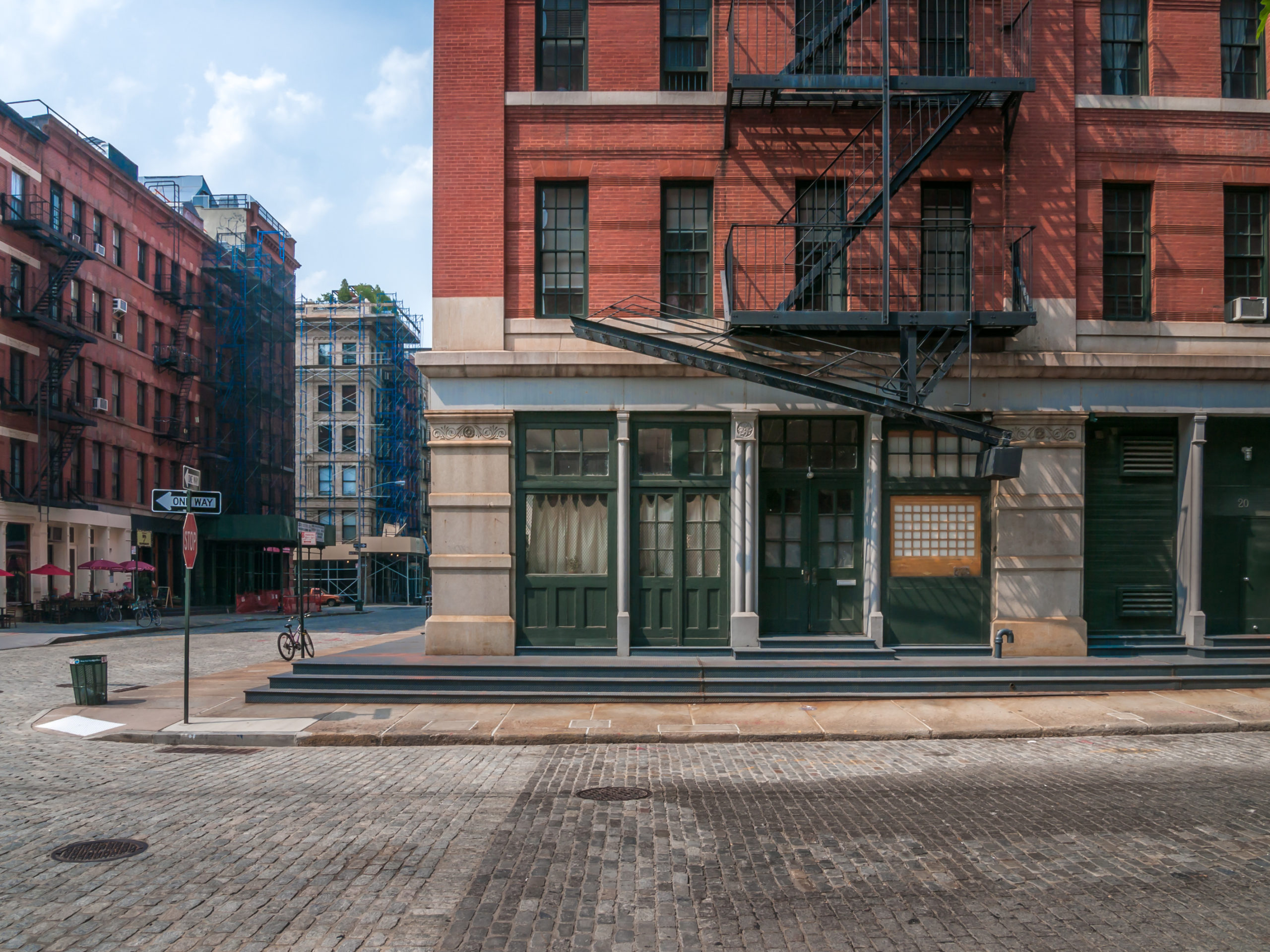Last-mile fulfillment centers represent a cultural shift in retailing. Retailers delivering products to their customers are moving these fulfillment centers to urban areas where they can be closer to their customers. To make that happen, they’re not building ground-up facilities. They’re repurposing old warehouses and parking garages being underused by a decline in automobile usage among millennials.
By repurposing old spaces, retailers can save on investment while moving their products closer to the consumer during the fulfillment process. Doing so relies on mixed-use properties. But that’s just one application of the mixed-use real estate paradigm.
Mixed-Use Residential Communities
The U.S. population is growing, largely due to immigration, but there is a stark difference in growth rates between rural communities, urban communities, and suburban communities. According to Pew Research, rural counties in the U.S. have grown 3 percent since the year 2000, but a smaller percentage of the overall population lives in rural areas due to higher growth rates in urban and suburban settings. Urban growth has been at 13 percent since 2000, and suburban growth has been at 16 percent.
Urban areas have gained 1.6 million net new migrants and 9.8 million more births than deaths. People are moving out of rural areas in large numbers, but because of 1.2 million more births than deaths, rural populations have a net growth rate.
With increased urbanization, less automobile usage among younger adults, and the different needs of aging populations, mixed-use residential communities are growing.
Mixed-use development can range from residential communities that include commercial spaces such as beauty salons, restaurants, and specialty retail shops to office complexes that also include townhomes, condominiums, or penthouse suites alongside a few specialty retail shops and restaurants. They provide developers a less risky approach to development as a shift from residential to commercial real estate investment can lead to gains in one to offset losses in the other. By the same token, investors can benefit by diversifying their portfolios.
Demand for Mixed-Use Spells Opportunity And Convenience
The two largest living generations are influencing the path of real estate development. Millennials are urbanizing and renting for longer than their parents and grandparents while driving less. Baby boomers are retiring and downsizing, seeking communities where all the necessary amenities are within walking or short driving distance. On top of that, Amazon is driving big-box retailers out of business.
All of this is driving up the demand for mixed-use real estate development. That means opportunities for ground-up developers to meet the needs of today’s home buyer, retail merchant, property manager, and investor. It also means opportunities for investors, retailers, and landlords to diversify their portfolios and meet the needs of the end consumer. Finally, it means that consumers are allowed to live, work, play, and shop in a more concentrated area utilizing amenities that are within walking distance, a bike ride, or a short drive.
As retailers set up their last-mile fulfillment centers to “move-in” closer to the consumer, and as consumers rearrange their lifestyles to move closer to their favorite shops and play areas, mixed-use properties are hot again. Ground-up developers can make more efficient use of real estate while property flippers can rehabilitate old spaces and turn them into properties that meet all the needs of retailers, home buyers, renters, and investors. Everyone can get a piece of this pie, and there’s plenty of pie to go around.


